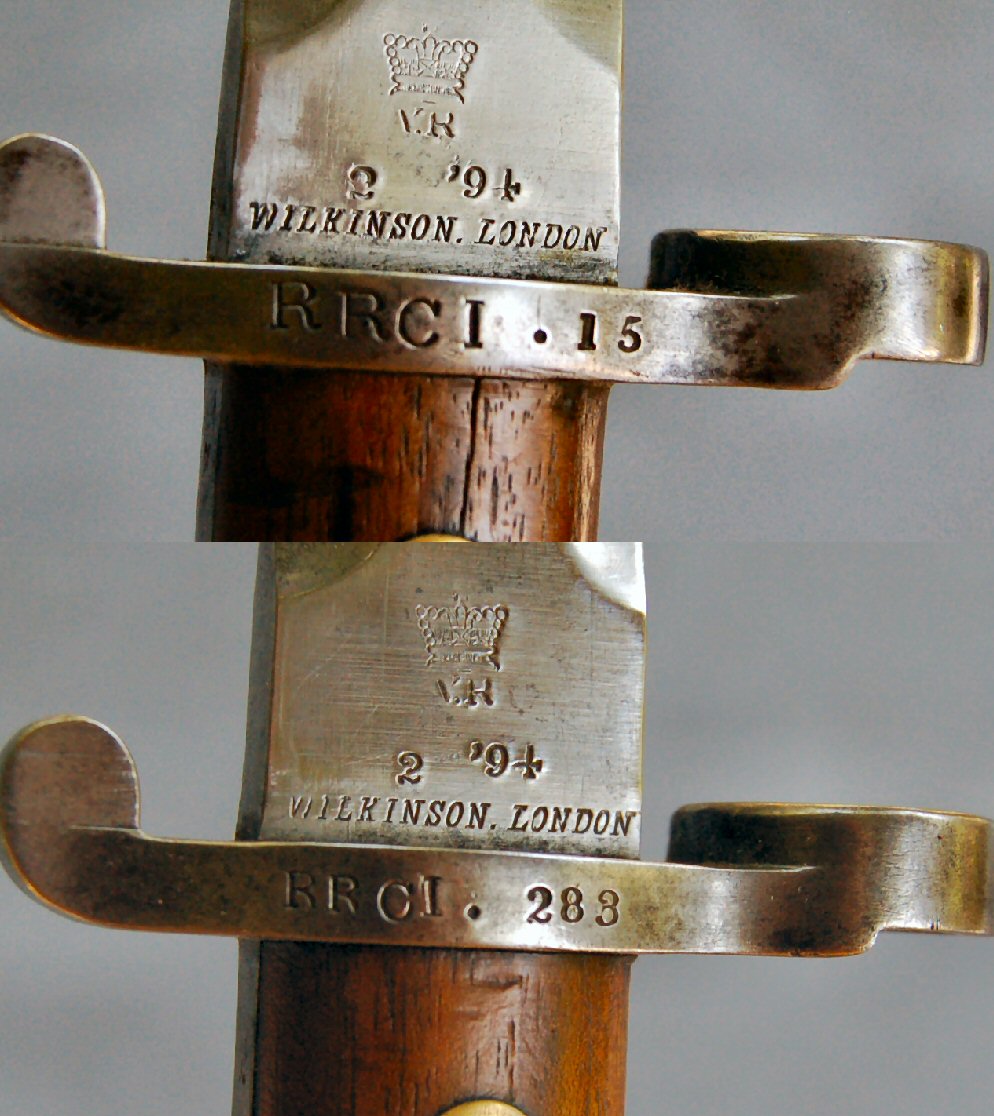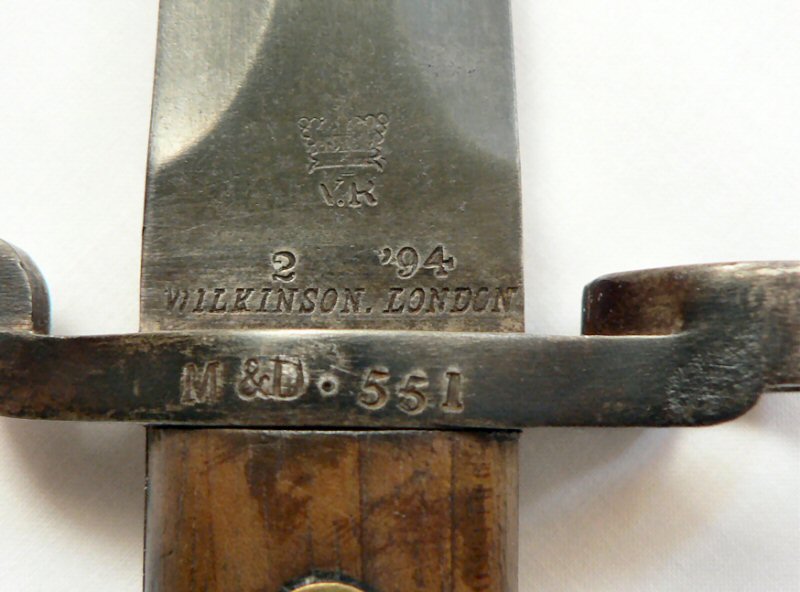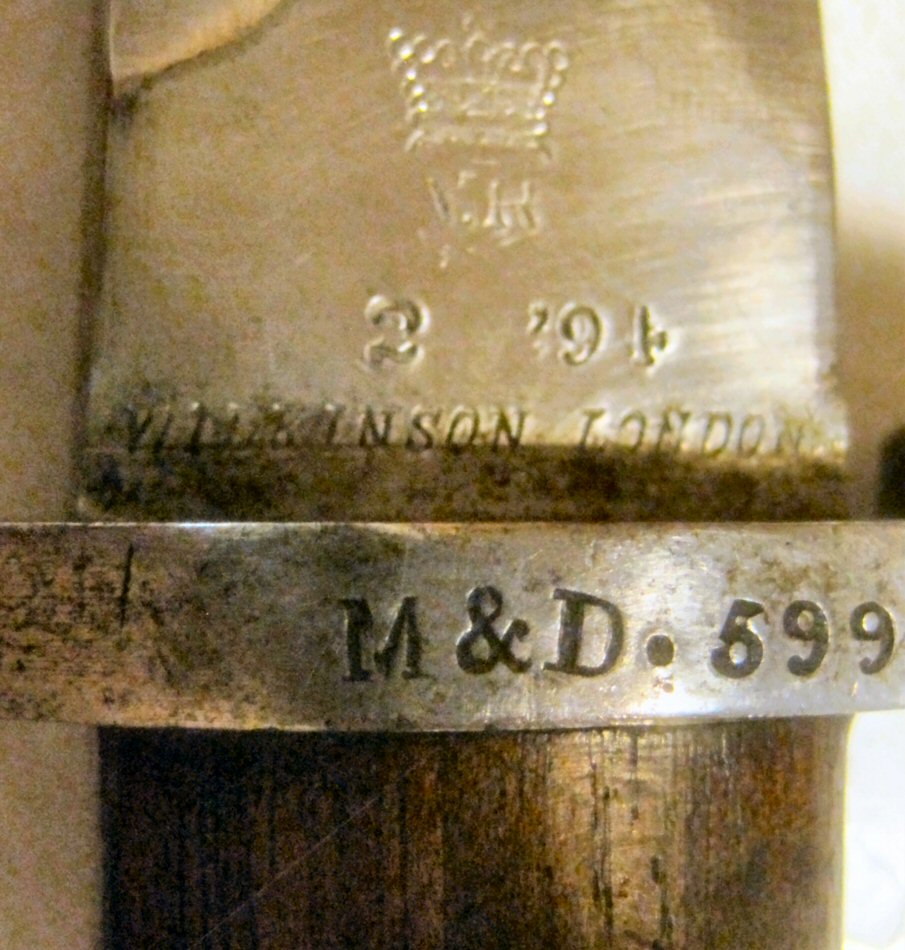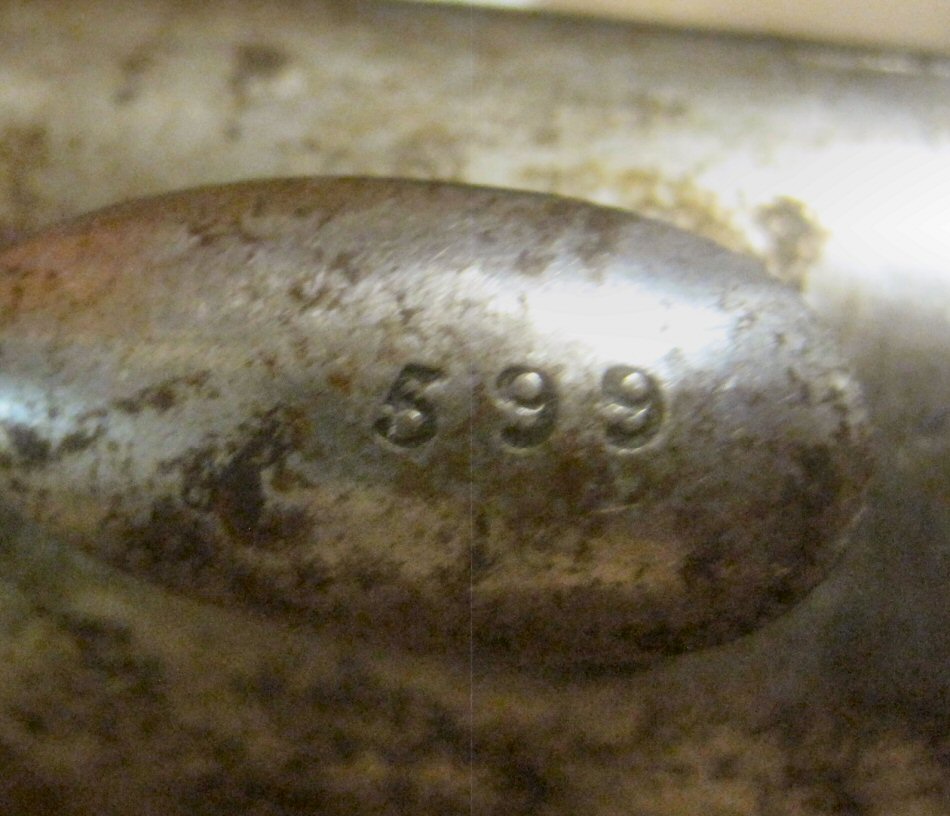A Colony and Dominion of Britain until Confederation in 1867, the security of Canada was in the hands of the British Government.
As such, British forces were stationed in Canada to varying degrees, depending on need and perceived external threats. Those forces were armed and provided for at the discretion and expense of the British Government.
The need for an improved defence organization was an important contributing factor leading to negotiations for Confederation. Following Confederation, Sir George Etienne Cartier's first Militia Act for the Dominion of Canada created the Department of Militia and Defence in 1868. It drew heavily upon Canada's system of universal obligation for military service and volunteer units, which visibly embodied the militia.
The new Canadian armed forces continued to rely on Britain for the supply of arms, not always with success. Weapons from American suppliers crept into the chain to fill shortages. As ammunition development progressed, and following the introduction of Magazine Lee-Metford and Enfield rifles, many Martini arms on hand through the latter part of the 19th century were converted to .303” calibre. Thus Canadians were armed with a hodge-podge, depending on service and immediate need.
One exception was unique to Canada. Following approval by the Department of Militia and Defence, the .303” caliber Martini-Metford MkII rifle was ordered from Britain, along with the P1893 sword bayonet. The bayonets were contracted to Wilkinson of London, and a production run of 1,000 completed by 1894.
The hilt design of the bayonet was influenced by the British Martini Henry P1887 MkIII, and strongly followed the overall appearance of the British 1888 Trials bayonet.

British 1888 trial sword bayonet (top) with two examples of the Canadian P1893 sword bayonet
In addition to the obvious visible differences, the inside diameter of the Canadian P1893 is 18.5mm compared to 18mm for the 1888 trials bayonet.
All British markings on P1893 bayonets that I’ve examined over the years have appeared the same.The left ricasso bears a large Victorian crown over V.R, the issue date of 2 ’94, and maker's name WILKINSON, LONDON

The right ricasso is stamped with the British ownership mark : WD over an arrow, the lone (Wilkinson) inspector's stamp on steel : a crown over 35 over W, and the ‘X’ bend test mark.


Both grips of each bayonet are also marked with a Wilkinson inspector's stamp : crown over 49 over W.
Of the 1,000 Martini Metford rifles and bayonets purchased from Britain, the majority were issued to the Royal Regiment of Canadian Infantry. The RRCI were formed on 23rd May 1893, and redesignated the Royal Canadian Regiment in November 1901
The gun was found to be too heavy as a service rifle, and incorrectly sighted for target work. They were withdrawn from service soon afterwards, but long enough for those rifles and bayonets issued to be stamped with the regiment mark.
The bayonets were stamped on the crossguard with the initials RRCI and the weapon, or rack number. The dies used initially produced lettering 3mm high, with numbering 2.2mm high. The lettering dies were subsequently changed to a height consistent with the numbering.

Scabbards issued with the P1893 bayonet were the standard steel mounted, black leather 1888 MkI pattern, drawn directly from stores. Most have the usual British markings, including Enfield inspector's mark and issue date impressed into the leather body.

In addition to stamping regimental markings on the crossguard, the scabbard frogstud received the same treatment, providing today’s collector and enthusiast with the possibility of matching them.

This short lived issue was returned to stores, further supply orders cancelled, and superceded by the purchase and general issue of the Lee-Metford rifle and P1888 bayonet in time for the Anglo-Boer war, in which Canada played a prominent role.

The P1893 bayonets and rifles were eventually declared obsolete, and sold off as surplus. The pommels of the bayonets were stamped appropriately.
Not all 1,000 Martini Metford rifles and bayonets were issued to the RRCI. Whilst the exact number has not been possible to ascertain, some were held in stores and not regimentally marked. A quantity were marked with M&D stamped into the crossguard, the ownership mark of the Canadian Department of Militia and Defence.
One example bears a serial number 551.
 image courtsey of fellow collector David Petch
image courtsey of fellow collector David Petch
Another example is stamped with serial number 599, both on the crossguard, and the scabbard frog stud. This would seem to indicate that at least 50 bayonets may have been issued to Militia and Defence.

 image courtsey of fellow collector Sean Stoughton
image courtsey of fellow collector Sean Stoughton
Unique to Canada, these scarce bayonets are highly prized by collectors today.
- - O O O - -